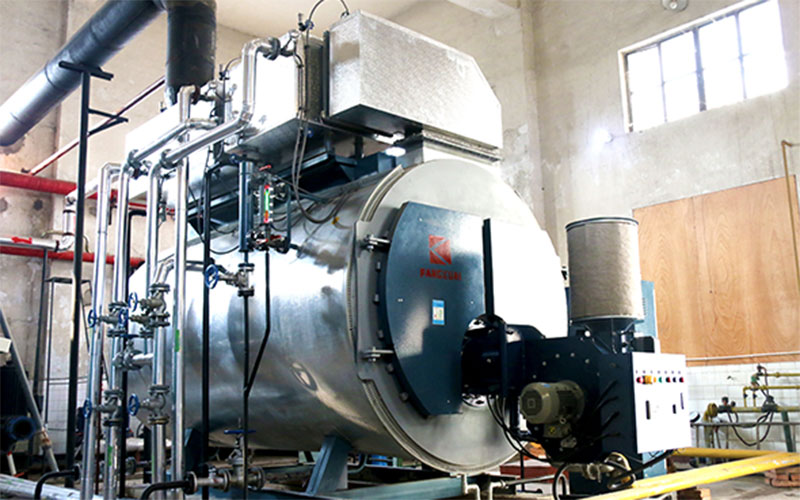Key factors of "Denitration" in Gas-fired Boiler-temperature
"Denitration" is the process of removing nitrogen oxides from the flue gas emitted by gas-fired boilers. In order to prevent the aggravation of environmental pollution, effective emissions of air and air pollutants can be achieved. The word "denitration" has been paid more and more attention to all over the world.

When we buy gas-fired boilers, we often hear the technical staff from the boiler latent heat recovery, sensible heat and other special terms for denitration. So, what does latent heat and sensible heat mean?
Sensible heat: heating a substance in a solid, liquid, or gaseous state, and when its form is constant, the heat is added to it, the temperature of the substance rises, and the amount of heat added can be shown at the temperature. The heat that causes temperature change without changing the form of matter is called sensible heat.
Latent heat: latent heat is the heat absorbed or emitted by a substance during its phase transition.
In the process of boiler denitration, the boiler heats up the liquid water and the temperature of the water rises. When the boiling point is reached, although the heat is constantly added, the temperature of the water will not rise any more, and the temperature of the water will remain at the boiling point, and the added heat will only turn the water into water vapor. That is, from liquid to gaseous state. This heat, which does not change the temperature of a substance and causes a change in the state of matter (also known as phase change), is called latent heat. 1. 1 Kg liquid is absorbed by saturated vapor at the same temperature. It is called latent heat for vaporization at that temperature, expressed by the symbol r. Unit kJ/kg.
Understanding the difference between latent heat and sensible heat is helpful to study the effect of boiler flue gas temperature and heat on denitrification efficiency.

